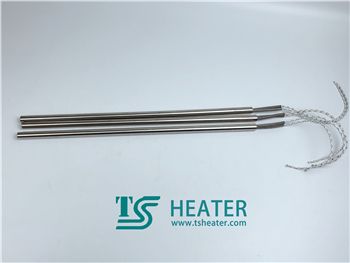
Oct 14 2022

Oct 14 2022

Oct 14 2022

Oct 01 2022
The heating tube is composed of a metal tube, spiral resistance wire, and crystalline magnesium oxide powder with good thermal conductivity and good insulation. It is suitable for heating air, oil, water, chemical medium, hot pressing mold, melting salt, alkali, and low melting point. Alloy etc. It has the characteristics of high thermal efficiency, long service life, high mechanical strength, convenient installation, safety, and reliability.
The heating tube can be processed into U-shaped, wave-shaped, spiral-shaped, straight-rod-shaped, and other shapes as required. The cross-section of components can be divided into circular, elliptical, rectangular, triangular, and other categories.
The heating tube is divided into single-ended or double-ended wiring, and each end has 1 to 3 wiring rods.
Three-phase connection of the heating tube: In a 380V three-phase four-wire circuit, the voltage between any two live wires is 380V, and anyone live wire and the neutral wire can form 220V. This system can form three power sources: single-phase 220-volt power, single-phase 380-volt power, and three-phase 380-volt power. The first type is more household, the third type is used in factories, and the second type is used. Few, only AC welding machine often uses single-phase 380-volt power supply.
Heating tube types: mica electric heating coil series, clad copper heater series, spring heating coil series, flange type electric heating tube series, temperature control heater series, tubular heater series, corrosion-resistant heating series, ceramic heater series.
Use of heating tube: SRY2 and SRY3 tubular electric heaters are used for heating oil in open or closed oil tanks. SRY4 tubular electric heater is used to heat flowing or circulating oil.